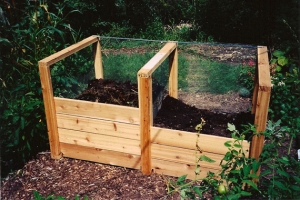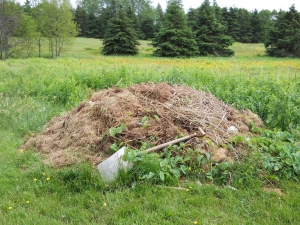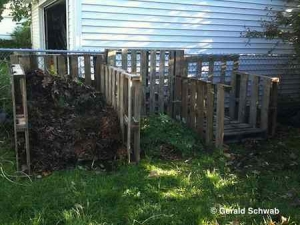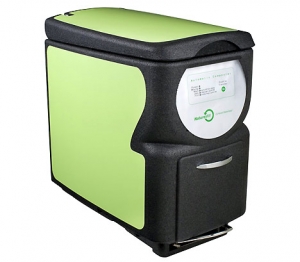Living Local: Recommendations from Food Producers, Marketers, Consumers, and Advocates on How to Live a Local Life

I am excited to begin this next blog series, and share with you recommendations from some of Blue Moon’s partners and friends who exemplify the local life. We’ll read through suggestions on raising chickens, buying local, being flexible on price, supporting local farmers, gardening basics, and more.
Our first Living Local recommendation comes from Mike Hays, former Produce Category Manager at Kimberton Whole Foods, and current New York-based journalist.
From Mike:
In addition to shopping at farmers’ markets or purchasing a share from a CSA, as local consumers we need to shift our thinking on pricing a little bit.
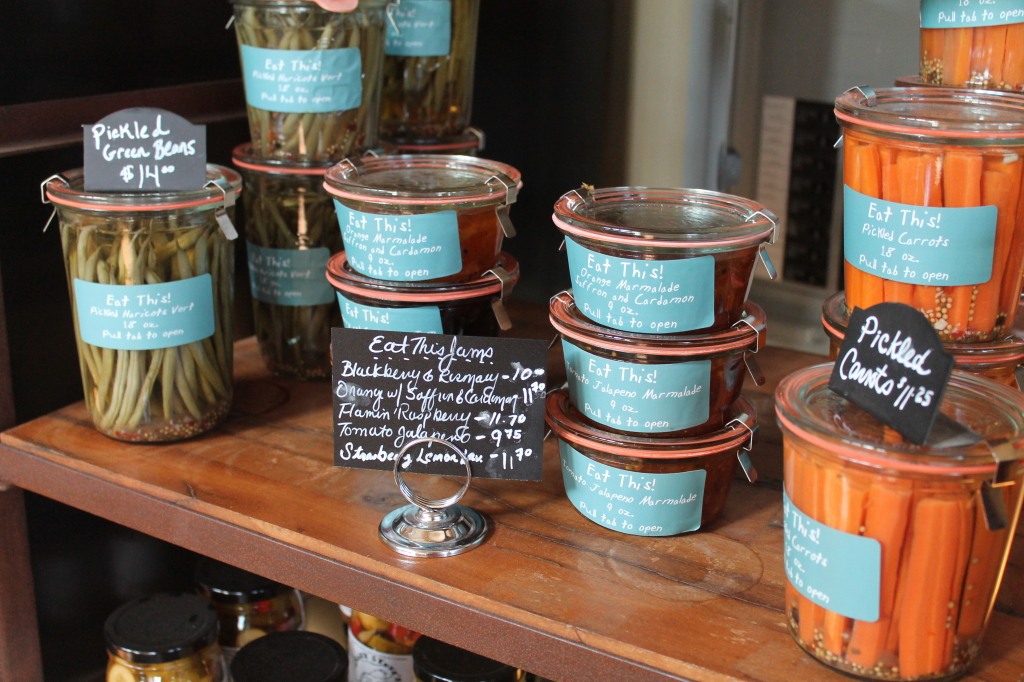
Eat This Jams, produced by Gino De Schryver in Erwinna, for sale at Blue Moon Acres
It has been ingrained in us since we first started shopping with our parents to always look for the best deal. This pocketbook-friendly strategy is reinforced through advertising.
Although locally-grown produce travels a shorter distance and consumes less fuel, the growers often cope with variables that corporate conglomerate farms are insulated from. For example, adverse weather can spoil an entire crop for a small farmer, whereas corporate farms have crops located throughout North America.

The Manoff Family, farmers and proprietors of Manoff Market Gardens in Solebury
Also, the wages paid on family-owned farms are typically higher than those paid to migrant workers.
So by paying a bit more, you are supporting family farms and agricultural diversity in your community.
Is price one of your considerations in shopping? How so? Would you prefer to buy a cheaper item made thousands of miles away, or a more-expensive locally-produced option? Is there a middle ground?

